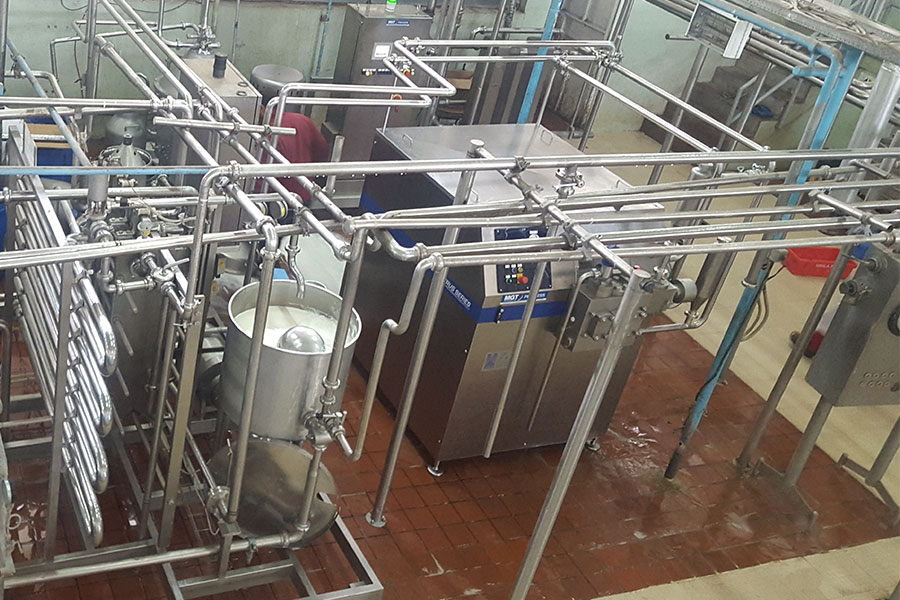
Fortune News | Jun 08,2019
Each June, Addis Abeba’s high-altitude chill arrives with afternoon downpours, soaking school commutes and unraveling family budgets. For many, clothing the household for the season feels less like shopping and more like financial triage.
Aster Lemma headed to a boutique near the 22_mazoaria neighbourhood expecting mid-season prices. She wanted to buy a new rain jacket for her seven- and 10-year daughters. The shop greeted her with racks of bright and weatherproof coats. Each one cost 3,800 Br. Waterproof boots for her 12-year-old son rang in at 3,000 Br.
By the time she tallied the bill, the three children’s “winter” essentials — two rain jackets and a pair of boots — threatened to wipe out the family’s monthly surplus. For middle-income households like hers, the clothing market has become a battleground of price and quality, caught between high import costs and a flood of contraband garments.
“I thought I would spend half that,” she said, quietly folding the receipt into her purse.
Sticker shock has become the norm as the clothing market splits between pricey new imports and a tidal wave of second-hand garments known locally as “bonda.”
A recent study for the Ethiopian Textile & Garment Manufacturers Association found that locally made and formally imported goods now cover 47pc of the domestic apparel demand. The rest, is filled by used or counterfeit brands smuggled in through porous borders.
Roughly 10,000 pieces of second-hand clothing hit markets like Taiwan, Efoyta and Enken every day.
According to Agazi Gebreyesus, the Association’s secretary-general, most of the shipments begin life in Europe or the U.S. before slipping past customs law enforcement stretched thin across hundreds of kilometres of porous borders.
Globally, second-hand clothing exports were worth 71.22 billion dollars last year, with Ethiopia, Kenya and Tanzania among the biggest African destinations.
Contraband’s appeal is obvious. The price gap between street stalls and boutiques can be 10-to-one. A trader scoops up a jacket or pair of branded sneakers for 400 Br to 2,000 Br at an open-air market, dry-cleans and re-tags it, then flips it to an uptown shop for as much as 6,000 Br. Those markups leave domestic factories fighting uphill on cost—and on talent.
“The pool of skilled workers in manufacturing and management is very low,” said Agazi.
Smugglers divide used clothing into three grades. Taiwan [no relation to the island] covers lightly worn and higher-quality pieces. These are dry-cleaned, tagged and trucked to boutiques in Addis Abeba’s upscale quarters or onward to regional cities.
The middle tier, Efoyta (Amharic for “relief”), goes straight to Mercato, the capital’s sprawling marketplace, in bulk lots that seldom vary by colour or size. The bottom rung, Enken, literally means “defect.” These garments need repair, washing or patching before they reach street vendors in districts such as Atena Tera in Mercato.
Customs agents seize only a fraction of the flow. Research by an economist, Fanta Mandefro, shows that average annual confiscations between the 2017/18 and 2021/22 fiscal years were valued at 296 million Br, about 10pc of what is actually sneaking across the borders. This implies roughly 2.96 billion Br in textiles and apparel slip in each year, draining an estimated 2.5 billion Br in lost import taxes.
Legitimate importers, meanwhile, face a levy stack that begins with 30pc import duty, piles on eight percent excise tax, 15pc VAT and a three percent withholding tax, calculated on the landed cost of the goods. Domestic factories should then add another eight prevent excise and 15pc VAT when their products leave the gate.
The arithmetic helps explain why, on a drizzly July morning, one half of Shola Market hummed while the other half stood idle.
Under a sagging sheet of plastic, Mudesir Ali, a vendor, shoved bundles of jackets away from the rain and ordered a quick macchiato from the woman running a makeshift coffee stand.
“I used to sell 10,000 Br a day,” he said, cradling the steaming cup. “Now, I’m lucky to hit 3,000 Br.”
His rent, 40,000 Br for the stall and another 30,000 Br for storage, has not budged.
Two aisles over, business looked different.
Mesay Yilma, who specialises in men’s outerwear, pays only 6,000 Br for his storefront yet logs more than 20 customers daily. He stocks mainly “bonda” bought in bulk from the Asko area.
“There’s not an hour I don’t sell something,” Mesay said, pulling a gray wool blazer from a rack. “I live in a single room in Ayat and still manage to save.”
Across town at Hadid Market, the air smells of damp fabric and diesel fumes as shoppers dig through knee-high piles of clothes, shoes and bags. A pair of boots labeled 1,500 Br can change hands for 800 Br after a brisk haggle. Children’s raincoats go for 400 Br to 1,000 Br, depending on wear.
Bethlehem Kifle, a shopper, needed a warm cardigan for the season. She fished out two candidates, inspected the seams and asked the price. The vendor opened at 700 Br each; Bethlehem closed the deal at 1,000 Br for both. Last year, she bought a similar sweater that unraveled within two months, but the calculus has not changed.
“I could buy four or five cardigans here for what one costs in a boutique,” she said, shrugging.
Addis Mulatu, a 12-year veteran of Hadid, works mainly in men’s hoodies and jackets. Her rent is 2,000 Br, and she travels to market every other week. A bulk purchase of jackets costs her 10,000 Br to 15,000 Br; she wants to clear at least 200 Br profit per piece, adjusting when customers plead poverty or buy more than one.
Smuggling is not limited to used clothes. Brand-new garments sewn in China for European labels, but rejected when buyers default or seasons shift, often detour into the local market at cut-rate prices. European boutiques clear shelf space by offloading unsold stock the same way. With so much cheap supply, the once-ambitious domestic textile strategy has stalled.
he problem is not confined to garments. The once-vaunted leather industry now faces parallel pressures. Of the 200 companies in the Ethiopian Leather Industry Association, fewer than a dozen still process hides, squeezed by erratic inputs and price competition from synthetic imports.
“Only about seven members remain in leather manufacturing,” said Dagnachew Abebe, the Association’s general secretary. “Sourcing raw materials is hard, quality is inconsistent, and the rising dollar makes imported substitutes cheaper.”
Beneath a plastic awning near Lamberet, shoe seller Abi Bekele lines up men’s leather oxfords priced between 2,200 Br and 3,000 Br. Weekends bring a bump, but weekdays can pass without a single sale.
“I’m thinking of leaving the business,” he told Fortune, wiping rain off a display pair.
Economists say the winter-wear trade poses tricky choices.
“Used clothing extends garment life and cuts textile waste, but it undermines local jobs and deepens dependence on imports,” said Mustofa Abdella, a consultant who has studied the sector.
Demand for “bonda” is elastic. Lower prices draw in marginal consumers, those who might otherwise go without. Minor price hikes trigger immediate drop-offs in volume sold, reinforcing the informal sector’s pricing power.
Mustofa argues for a two-track plan. In the short run, the authorities should impose seasonal tariffs on second-hand imports during the June-to-September peak, giving domestic producers breathing room. At the same time, officials could convene supply-chain meetings that match textile mills with small clothing manufacturers, tightening links between yarn, fabric and finished garments.
“The best policies are about facilitation, not subsidies,” he said.
The longer-term vision, he added, is to build a full value chain, from diverse raw-material processing to garment assembly, inside industrial parks. The country already hosts foreign textile giants in zones such as Hawassa; anchoring local clothing brands around those hubs could steady both prices and employment.
As the rainy season deepens, parents like Aster continue to weigh every Birr, balancing between necessity and affordability. For now, the mud gets wiped from soles and jackets are hung by the door. But over the longer term, the storm clouds looming over the apparel and leather sectors mirror structural failures, not only of climate, but of policy, protection, and productivity.
PUBLISHED ON
Jul 06,2025 [ VOL
26 , NO
1314]

Fortune News | Jun 08,2019

Radar |

Fortune News | Oct 18,2025

Life Matters | Apr 15,2023
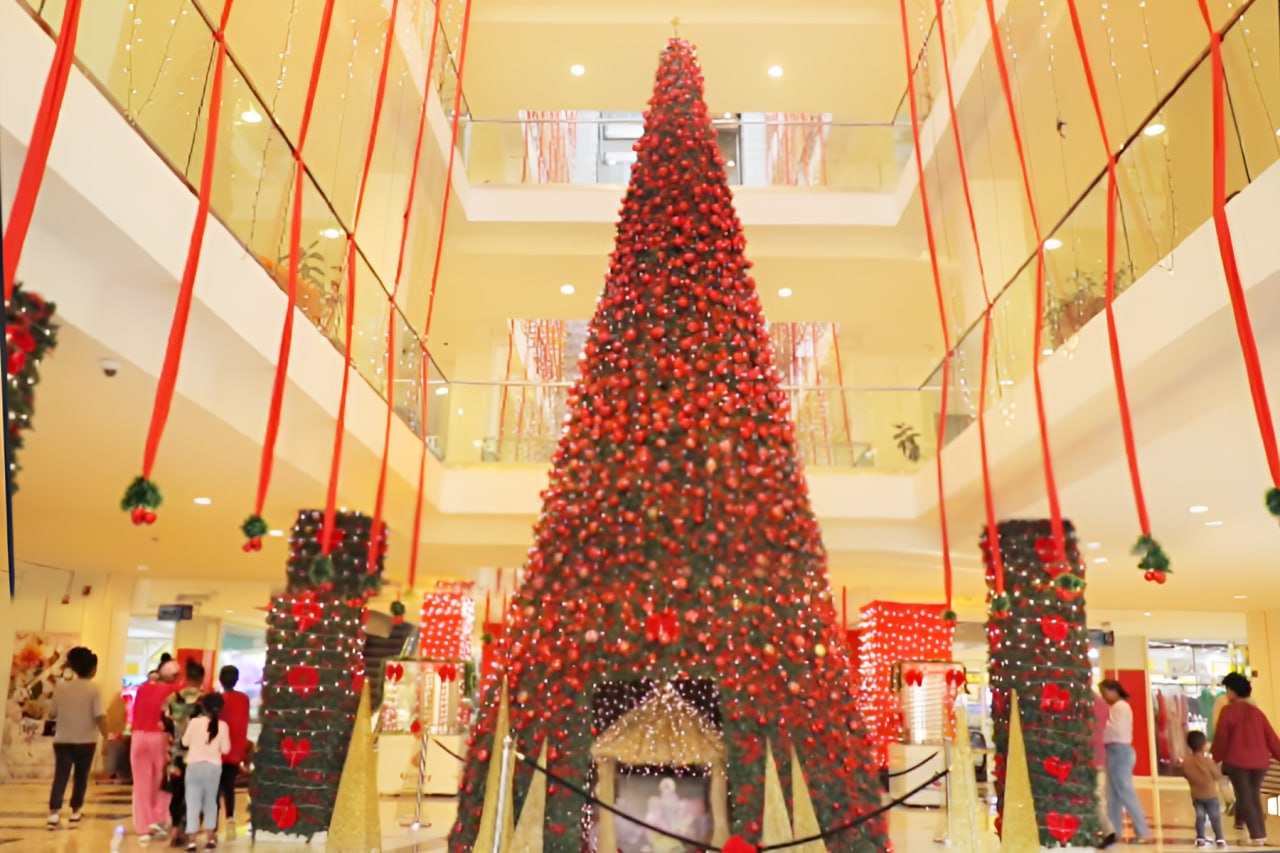
View From Arada | Jan 07,2024

Commentaries | Sep 27,2025

Editorial | Jan 07,2024
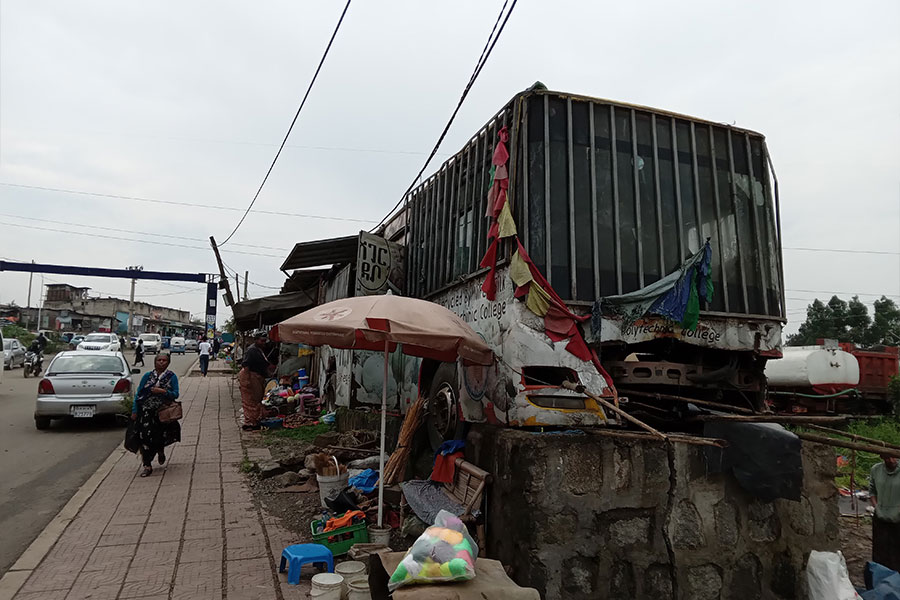
Radar | Jul 24,2023
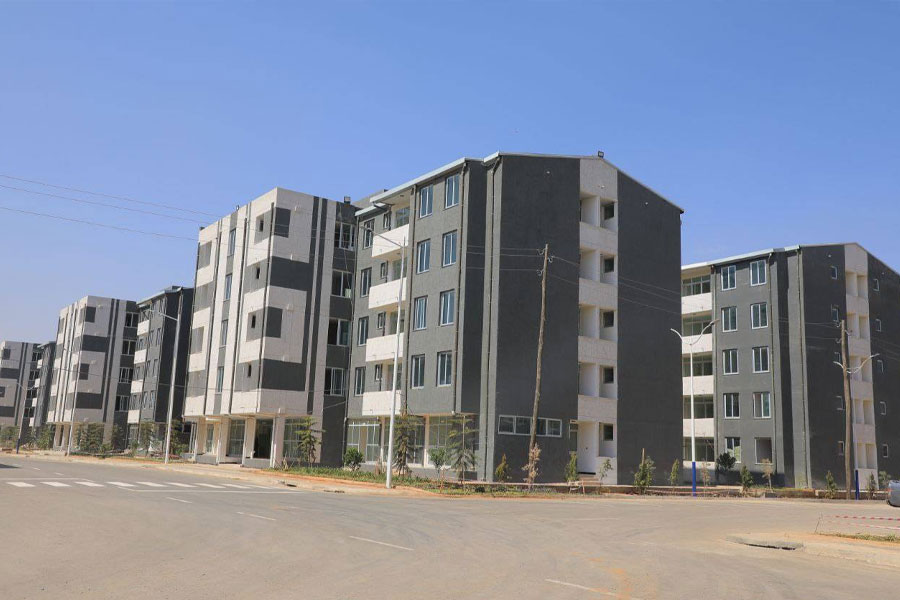
Radar | Feb 03,2024

Commentaries | Jan 07,2024

Dec 22 , 2024 . By TIZITA SHEWAFERAW
Charged with transforming colossal state-owned enterprises into modern and competitiv...

Aug 18 , 2024 . By AKSAH ITALO
Although predictable Yonas Zerihun's job in the ride-hailing service is not immune to...

Jul 28 , 2024 . By TIZITA SHEWAFERAW
Unhabitual, perhaps too many, Samuel Gebreyohannes, 38, used to occasionally enjoy a couple of beers at breakfast. However, he recently swit...

Jul 13 , 2024 . By AKSAH ITALO
Investors who rely on tractors, trucks, and field vehicles for commuting, transporting commodities, and f...
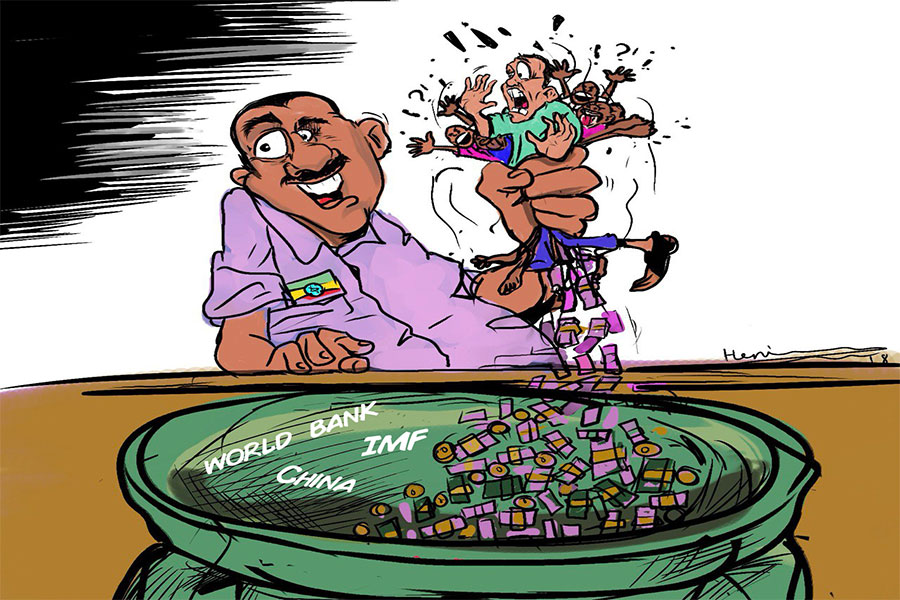
Oct 18 , 2025
The political establishment, notably the ruling party and its top brass, has become p...
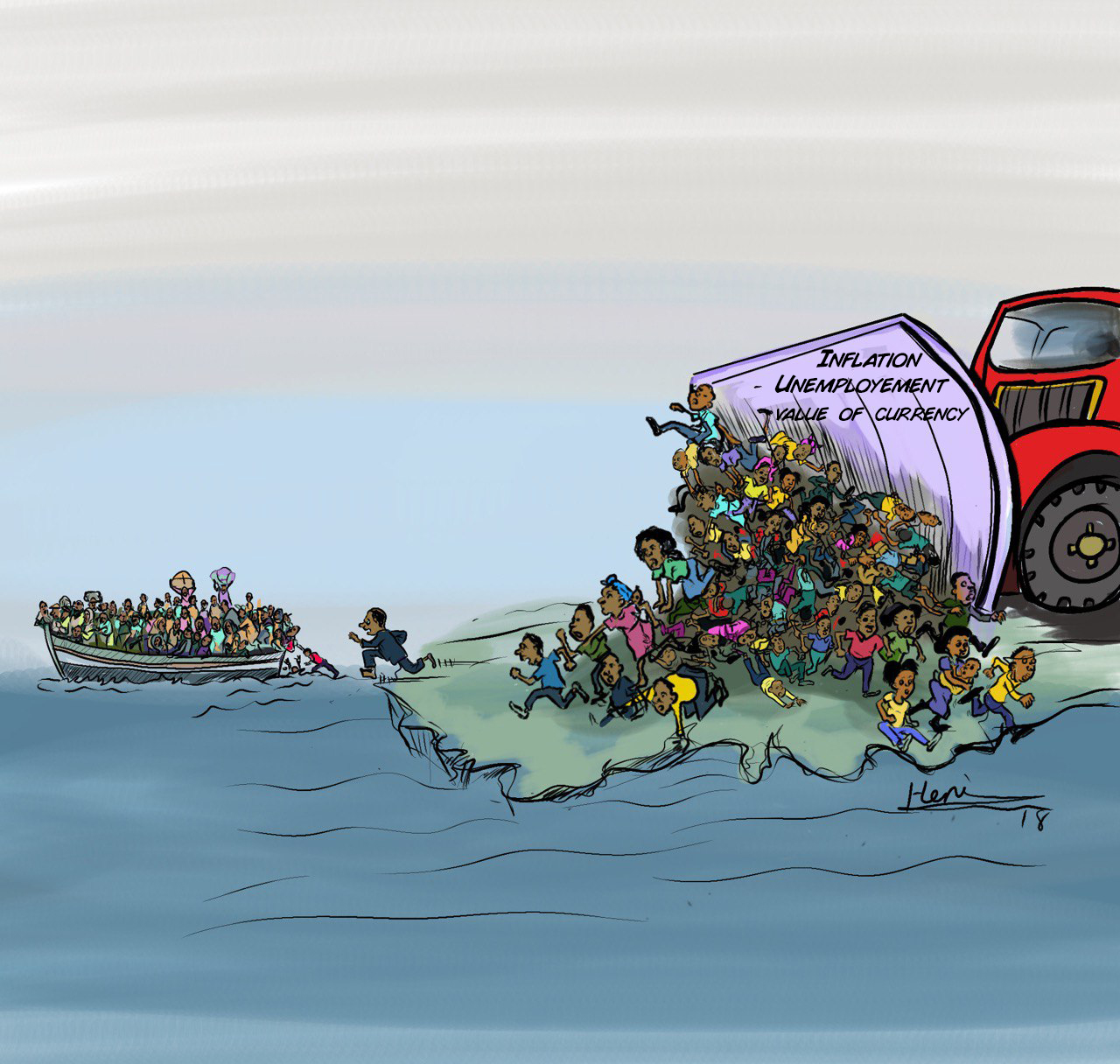
Oct 11 , 2025
Ladislas Farago, a roving Associated Press (AP) correspondent, arrived in Ethiopia in...
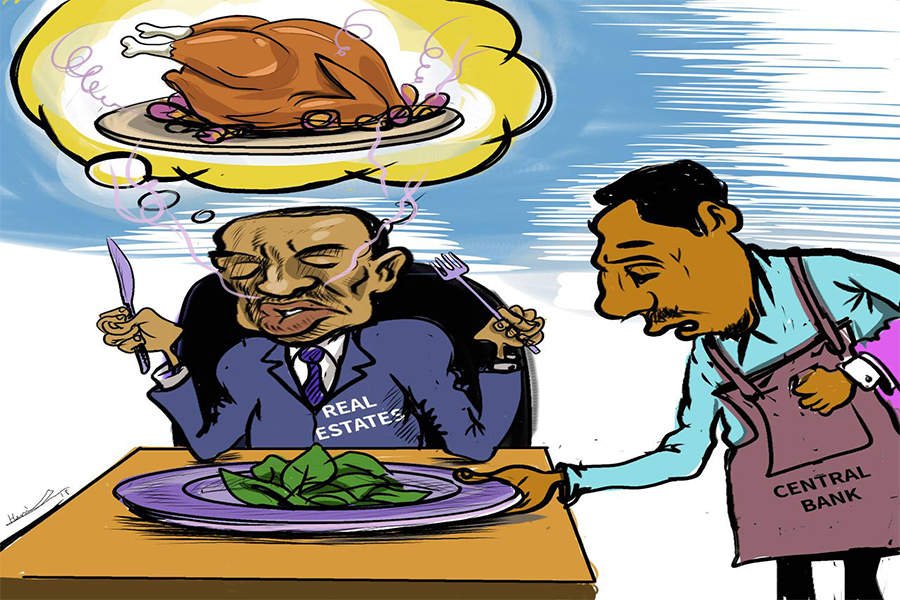
Oct 4 , 2025
Eyob Tekalegn (PhD) had been in the Governor's chair for only weeks when, on Septembe...
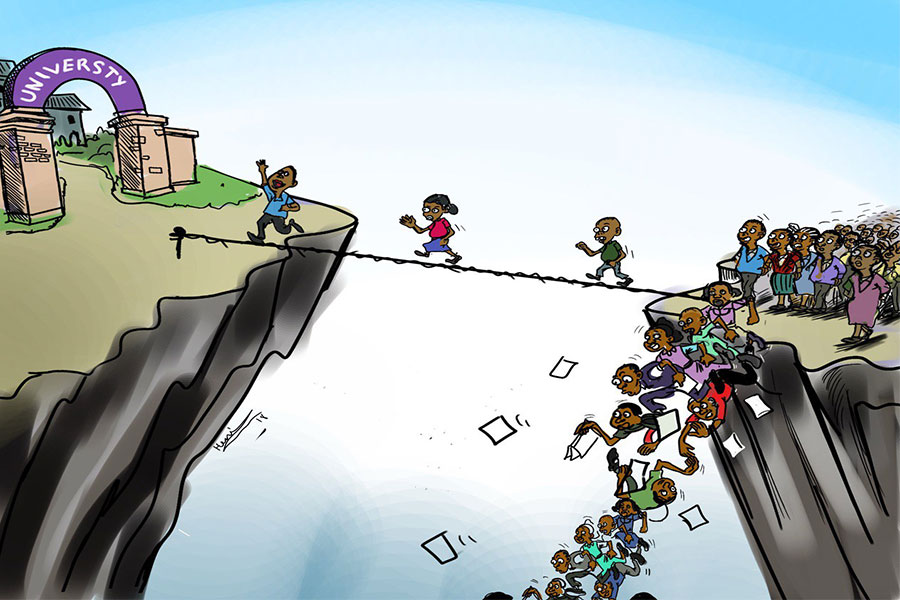
Sep 27 , 2025
Four years into an experiment with “shock therapy” in education, the national moo...